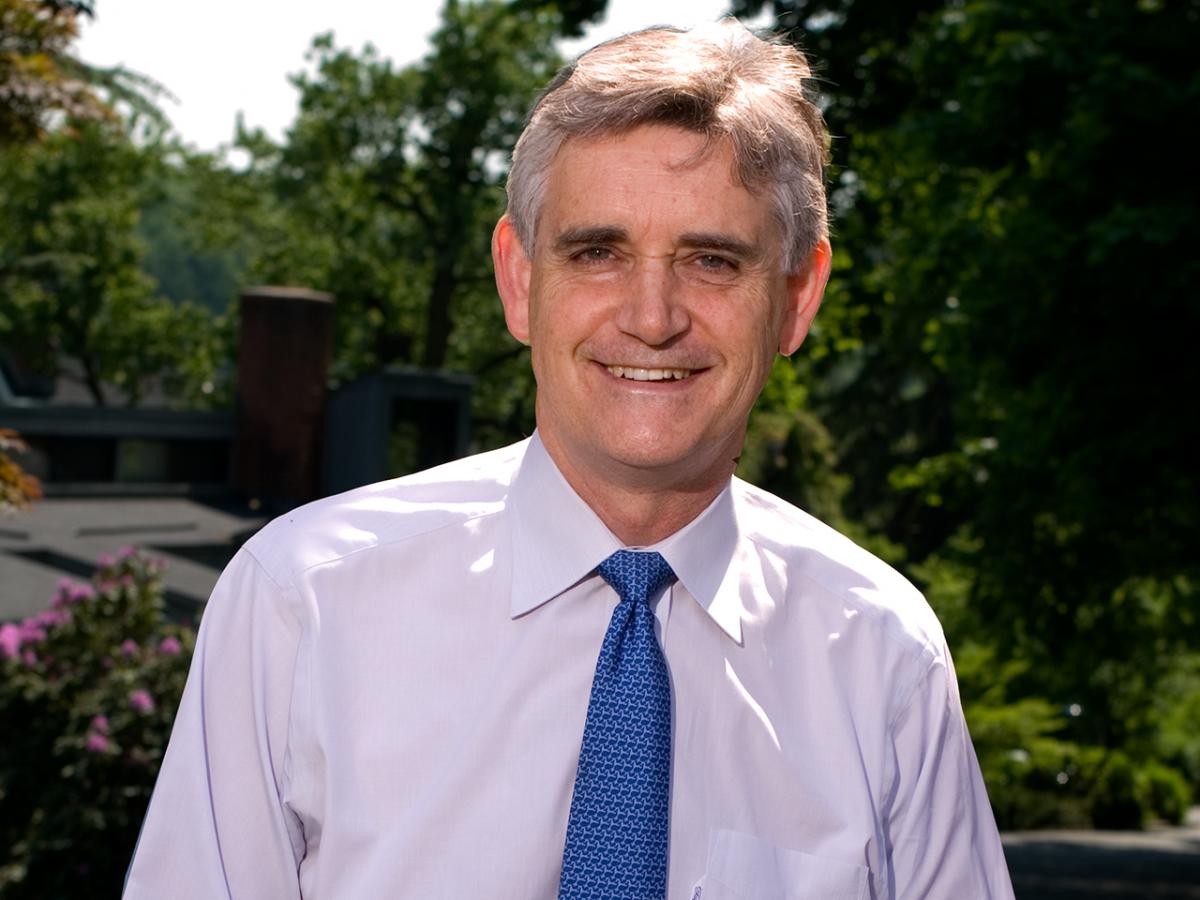
When Bruce W. Stillman, PhD (Damon Runyon Fellow ’79 - ’81), arrived at Cold Spring Harbor Laboratory from his native Australia, he expected to stay for two years — the length of his Damon Runyon award. Forty years later, Dr. Stillman is the President and CEO of the renowned institution.
Dr. Stillman was recently recognized with the Gairdner Award, nicknamed “Canada’s Nobel,” for his work describing the intricate steps in DNA replication. “It has been a long, but very productive trip since the Damon Runyon Fellowship. This support at the beginning of my career gave me the independence to pursue my own research interests and led to the path determining how our genome is copied during cell division,” he said. Dr. Stillman shares the Gairdner Award with his former postdoctoral fellow, John Diffley, PhD, of The Francis Crick Institute, London, UK.
Defining the Fundamentals of Life
After completing graduate school at The Australian National University, Dr. Stillman planned on starting a job in Sweden, but then someone suggested going to Cold Spring Harbor. “After writing to several labs, I ended up working for Michael B. Matthews, PhD, though he focused on a completely different field than I wanted to study,” he explains.
Dr. Stillman wanted to understand how cancer-causing tumor viruses induce DNA replication in the cells they infect. He realized that very little was known about the steps and molecules involved in replication. Every time a cell divides, it must accurately copy its DNA. With three billion “letters” in the human genome, this is no small task.
“I was fortunate to get a Damon Runyon Fellowship Award, the first I received in the US. It really gave me independence to pursue my own research direction. If I had to come as a regular postdoc, funded by somebody's grant, then I would have been restricted to working on existing projects. In addition to independent funding, I came to a research institute that really gave me opportunities to pursue my ideas.”
After two years, he was offered another three-year position to stay on at Cold Spring Harbor as an assistant professor. “Things were going very well, and I had met my wife about a year and a half after I came here. I decided to stay,” he says.
Dr. Stillman’s studies over the next decades revealed the many steps and molecular components involved in DNA replication, as well as how errors play a role in diseases that range from cancer to rare genetic disorders. Specifically, his research provided a clearer understanding of how cells lose control over DNA replication in cancer.
Dr. Stillman’s lab discovered the Origin Recognition Complex, often called the ORC, which directs the replication of DNA throughout the genomes of eukaryotic cells—cells that sequester their DNA in a membrane-bound nucleus.
“Our current knowledge of DNA and the genome positions us to look forward in great anticipation of life-changing breakthroughs that will improve the human condition,” he says.
Risk that Pays Off
In 1994, he succeeded Nobel Laureate James D. Watson, PhD, as Director, and in 2003 became President of Cold Spring Harbor, where more than 600 scientists work and another 9,000 visit each year.
Aside from continuing research in his own laboratory, Dr. Stillman, oversees some of the most innovative research in the fields of cancer biology and neuroscience. He has a hand in shaping the future of Cold Spring Harbor—influencing what direction the research takes and hiring scientists whose talents complement each other.
Damon Runyon took a risk on a young researcher with big ideas to outline how DNA replication works in health and disease. “When I got here, I really was inexperienced and unknown. I was coming from Australia after doing my PhD in three years. Some very famous scientists at Cold Spring Harbor had worked on DNA replication in the 1950s and 60s, but nobody was really working in the area at the time,” Dr. Stillman says.
“The history of Damon Runyon exemplifies fantastic scientists who have gone on to do amazing things, even Nobel Prize-winning work. It's one of the most prestigious fellowships, and I'm very pleased that it was able to kick-start my career.” Damon Runyon scientists are shaping the future of cancer research.







